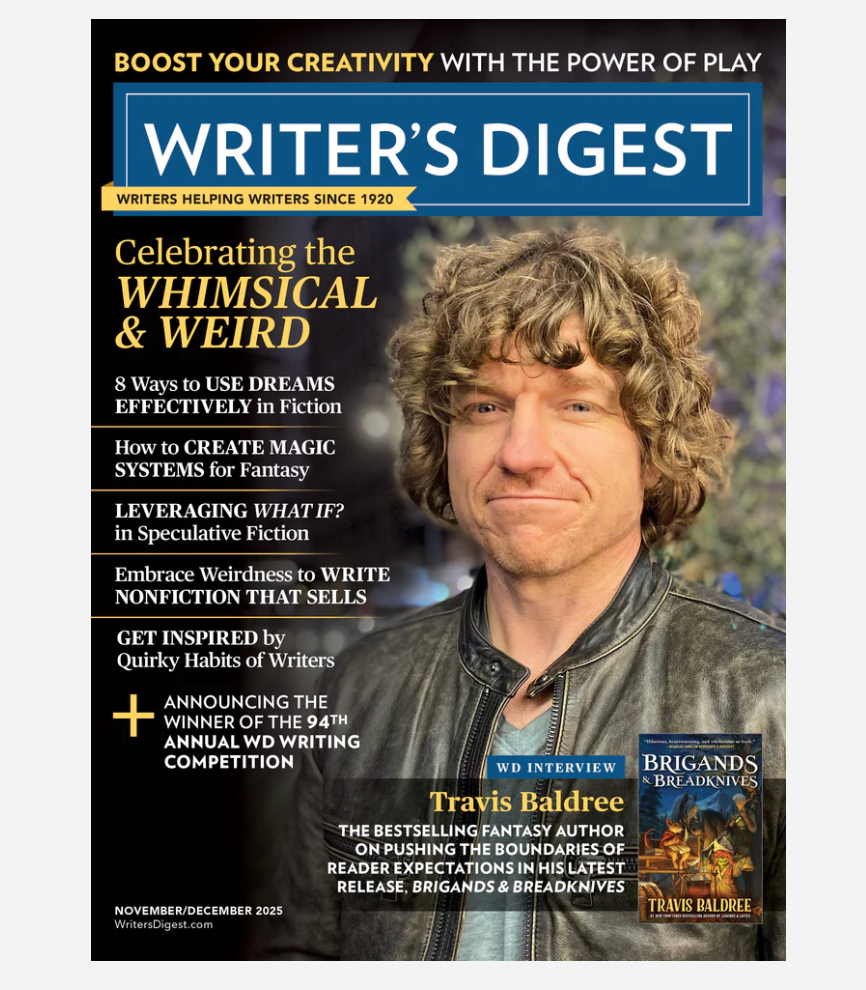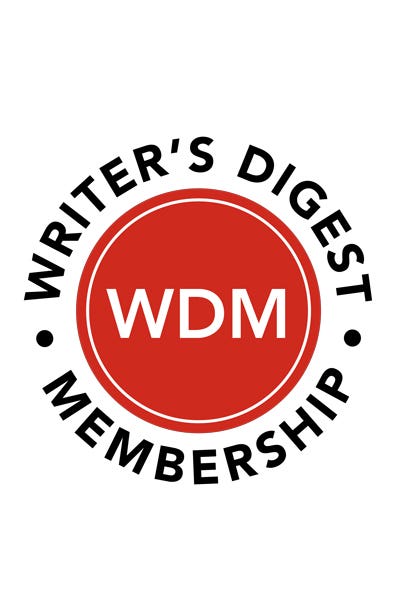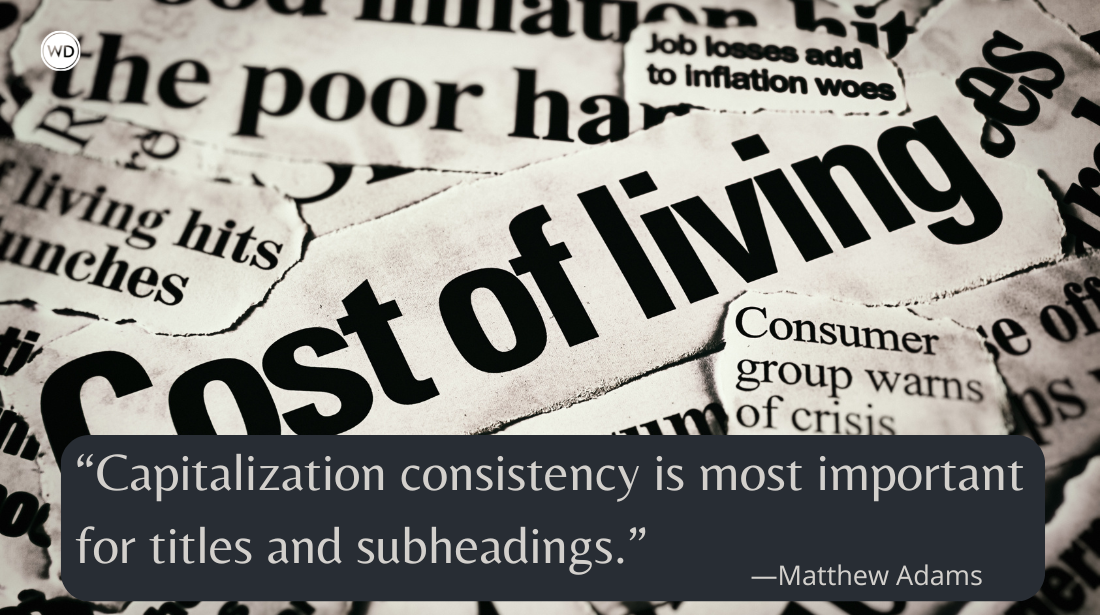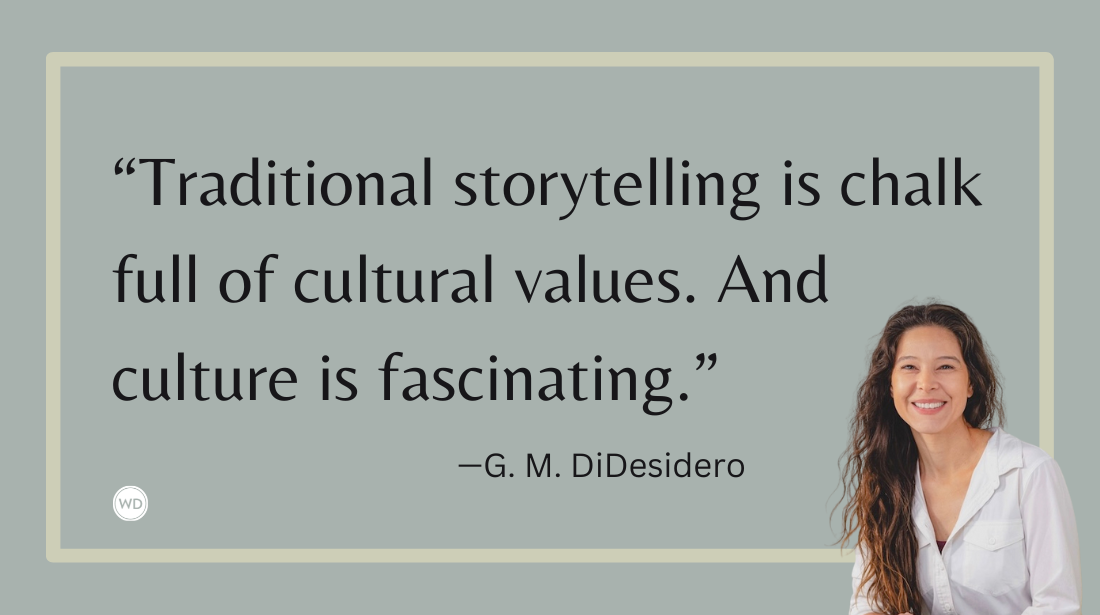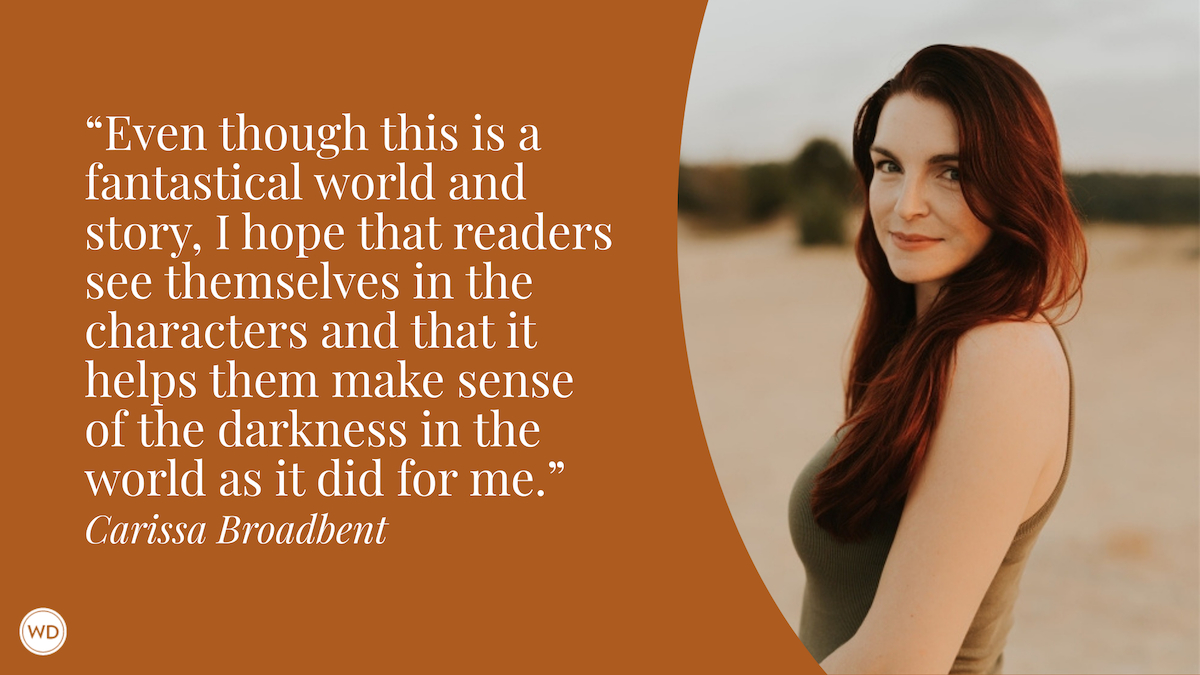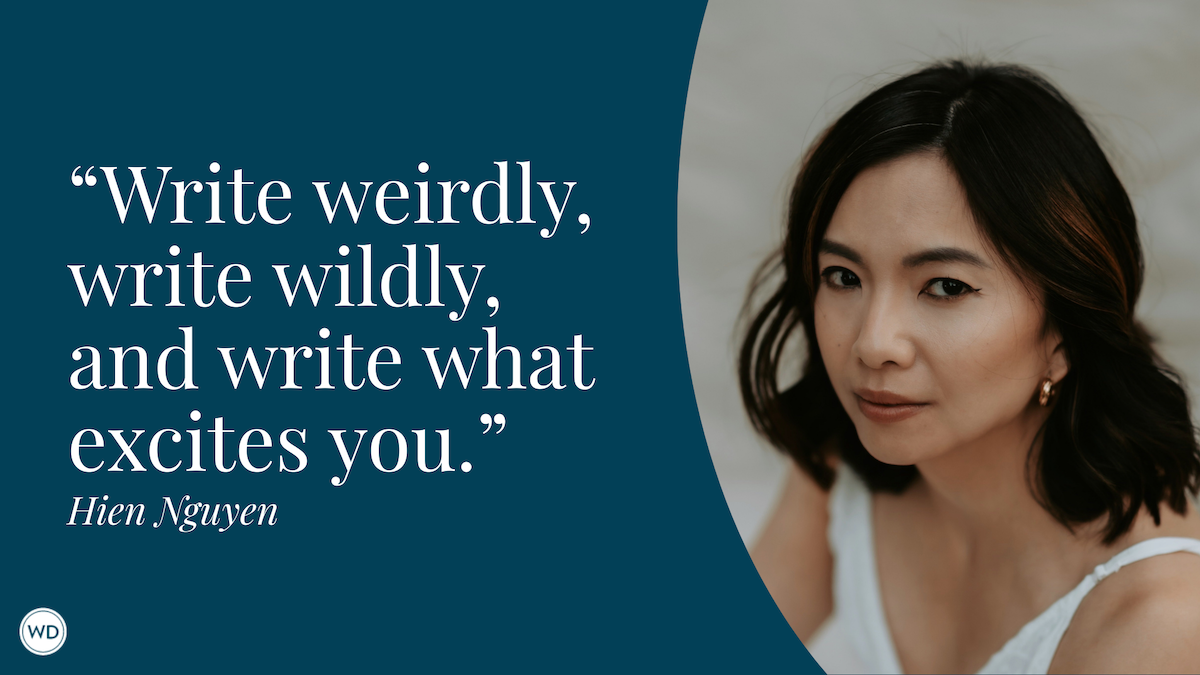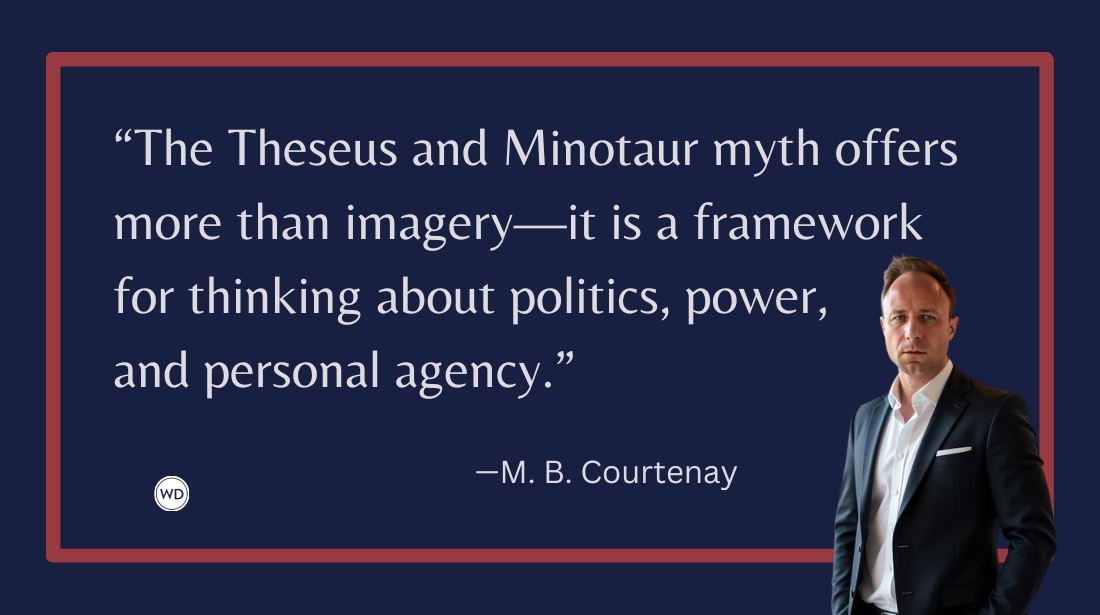Top 5 Tips for Writing a Near-Dystopian Future
How do you point to a grim future in the world of your novel? Author Chana Porter shares 5 tips for writing a near-dystopian future.
My newest novel, The Thick and The Lean, posits a culture where sexual pleasure is mundane but food pleasure is highly taboo. I used this classic SF taboo switch trope to explore purity culture and diet culture, as well as Big Agriculture, land rights, and body politics. The world I’ve created is a warped reflection of our own reality, partially inspired by my own experiences with disordered eating.
I also wrote The Seep about a gentle alien invasion of Earth which challenges what it means to be human.
Here are my top five tips for writing a near-dystopian future.
(First, a disclaimer. Remember, when reading my writing advice or anyone else’s—you are the sole expert of your own work! So, take what sparks for you and leave the rest.)
1. Create a complex world … but maybe not THAT complex
In writing The Thick and The Lean, I tried to create as rich a setting as possible—for the purposes of my book. There are three cultures highlighted in the novel—the colonizers who are in power, the indigenous people, and a third group of migrants who have no homeland (or citizenship) due to shrinking land masses and redrawn territory lines.
I also illustrate differences between the religious factions of the dominant group, as the book opens in a religious cult and then moves into the city where people live more secularly. For me, more complex world-building would get in the way of my character-driven storytelling. Tolkien did it differently! But as writers, Tolkien and I have different goals. Which brings me to my next tip …
2. World-building through character interactions
It was my intention to write an engrossing page-turner in which world-building happens organically as the characters move through the world. Early in the novel, I use the technique of teachers and parents explaining religious practices to children (a great way to impart some historical background). But mainly I let culture clash do the heavy lifting, by paying attention to the interactions of characters from different backgrounds. I also love allowing the world to seep in through media—overheard radio and TV snippets, a character wandering through an art museum. This creates a rich atmosphere that feels specific.
I asked myself—In a world where food pleasure was highly taboo, how would different religious sects interpret this prohibition? Some people eat behind privacy screens. Some people only drink their nutrition. Some people rely on pills and nutritional supplements, others eschew the religious prohibitions all together. Because nutrition is a daily need, there were many opportunities to show these differences through everyday interactions.
3. Pure evil is too easy
This is well-trodden territory in terms of writing advice, but I think it bears mentioning—your villains or adversaries will be more compelling if they believe in the validity of what they’re doing, or they at least rationalize their actions so they can sleep at night.
In The Thick and The Lean, opposition for my main characters comes from church leaders, who believe they are saving people’s souls, and corporations. Since corporations are not people (no matter what our courts currently say) I enjoyed constructing characters in positions of power (or vying for power) who believed they knew what was best for the greater good, especially if it meant lining their own pockets.
4. Not everything should be terrible, or the rule of fun, funny, cool
I just heard of this rule from Sim Kern @sim_bookstagrams_badly and I loved it. Is it fun, funny, or cool?
You’re going to have to spend a lot of time thinking about this world. So, how can you find joy or curiosity in a harsh setting? My personal belief is that if you as the writer delight in your writing, some of that joy will be felt by your readers, even if your subject matter is difficult.
In the stratified city of The Thick and The Lean, the people with the least amount of resources live at sea level, getting around by gondola or boat. On the upper levels, wealthy people are insulated from most climate disasters and cultivate lives of beauty and excess. I loved imagining their translucent clothes, the wild towers of hair, the floating orbs in the sky. I don’t want to live there but I really enjoyed making it up. I had fun with it, and my hope is that my readers can feel that.
Additionally, some things about your fictional world might actually be better than our current reality, or at least appealing in a certain light. Your dystopia, though bleak, might do some things well. Embrace this complication. No reality is all bad for everyone. And remember …
5. Dystopia is already here
Sometimes SF dystopias make us feel complacent about our current times: “At least our world isn’t like that!”
But I could strip almost any news article of its names and locations, give it some futuristic details and try to publish it as dystopia. I don’t actually think the world of The Thick and The Lean is darker than ours, it’s just different. The novel is a funhouse mirror to reflect our current reality, so we can see ourselves more clearly. There’s power in that, not escapism.
Chana Porter is a playwright, teacher, MacDowell fellow, and cofounder of The Octavia Project, a STEM and writing program for girls, trans, and nonbinary youth that uses speculative fiction to envision greater possibilities for our world. She lives in Los Angeles, California, and is also the author of The Seep, a finalist for the Lambda Literary Award.


